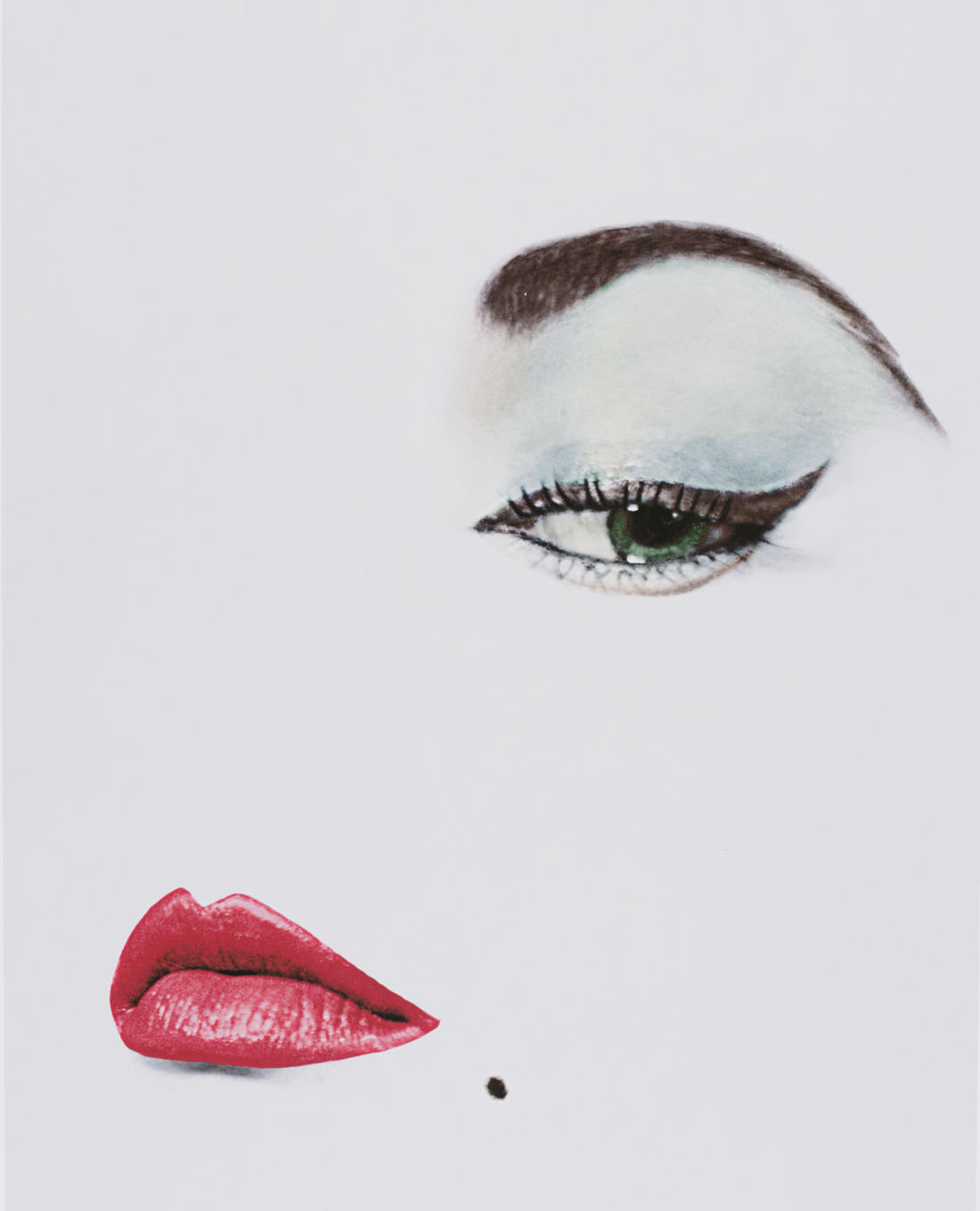In 1943, in the midst of World War II, a U.S. Army propaganda drop over Berlin distributed leaflets bearing gruesome images of Adolf Hitler's face partially obscured by a calf's skull. Those who dared to pick one up would never have guessed that the artist who created that foreboding picture was born in Berlin — or that he was, at that very point in time, embarking on a career that would make him one of the highest paid fashion and advertising photographers of his time.
Erwin Blumenfeld, who was Jewish, originally created "Hitler's Mug," a Dadaist montage, 10 years earlier in 1933. Having experienced the brutality of the front during World War I, he was then living in Holland where he had fled to in 1918 to be with his wife Lena, the sister of his longtime friend, the German-born Dutch artist Paul Citroen. In Amsterdam, under the pseudonym of Jan Bloomfield, he established a branch of Dadaism with Citroen, while also running a leather goods store until it went bankrupt in 1935.
By the time "Hitler's Mug" was being dropped on Berlin, Blumenfeld had moved from art to fashion photography, and from Amsterdam to Paris. He created iconic covers for Vogue magazine until he and his family were interned in French camps at the outbreak of World War II. Freed in 1941, he fled France for New York and was immediately hired by Harper's Bazaar. In 1943, he set up his own studio.

















With your current subscription plan you can comment on stories. However, before writing your first comment, please create a display name in the Profile section of your subscriber account page.